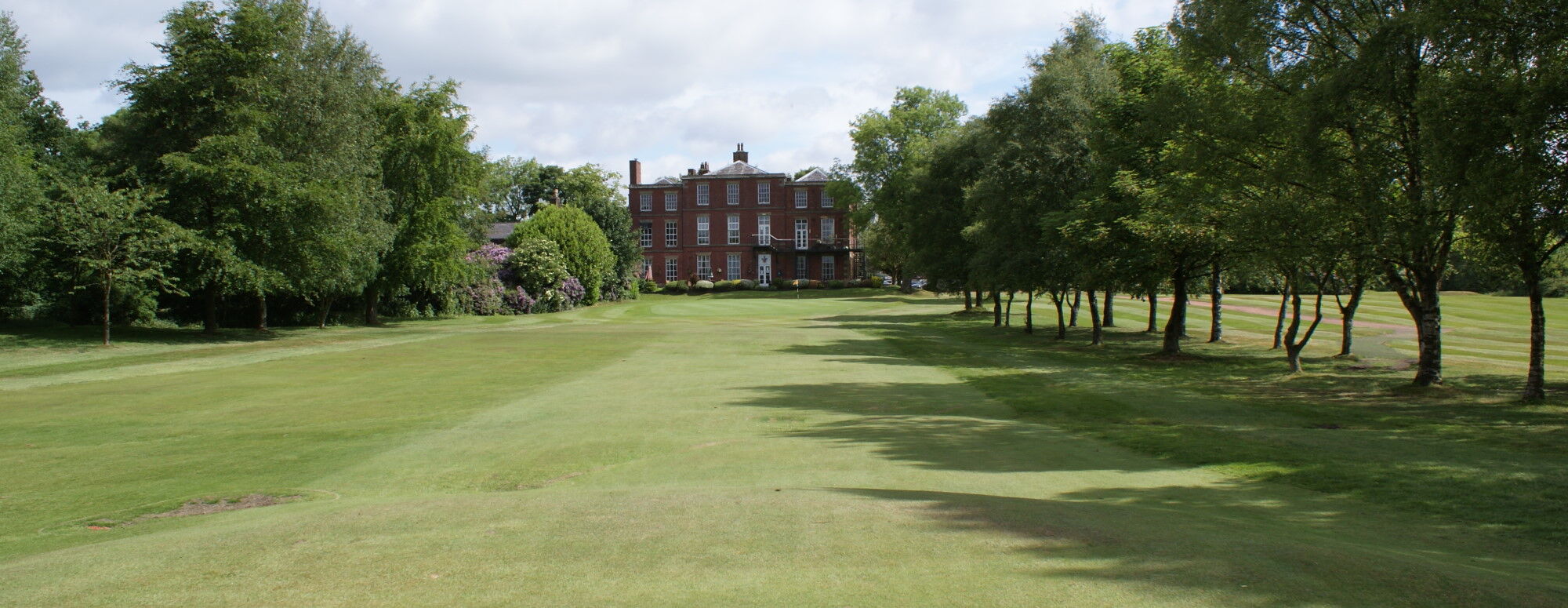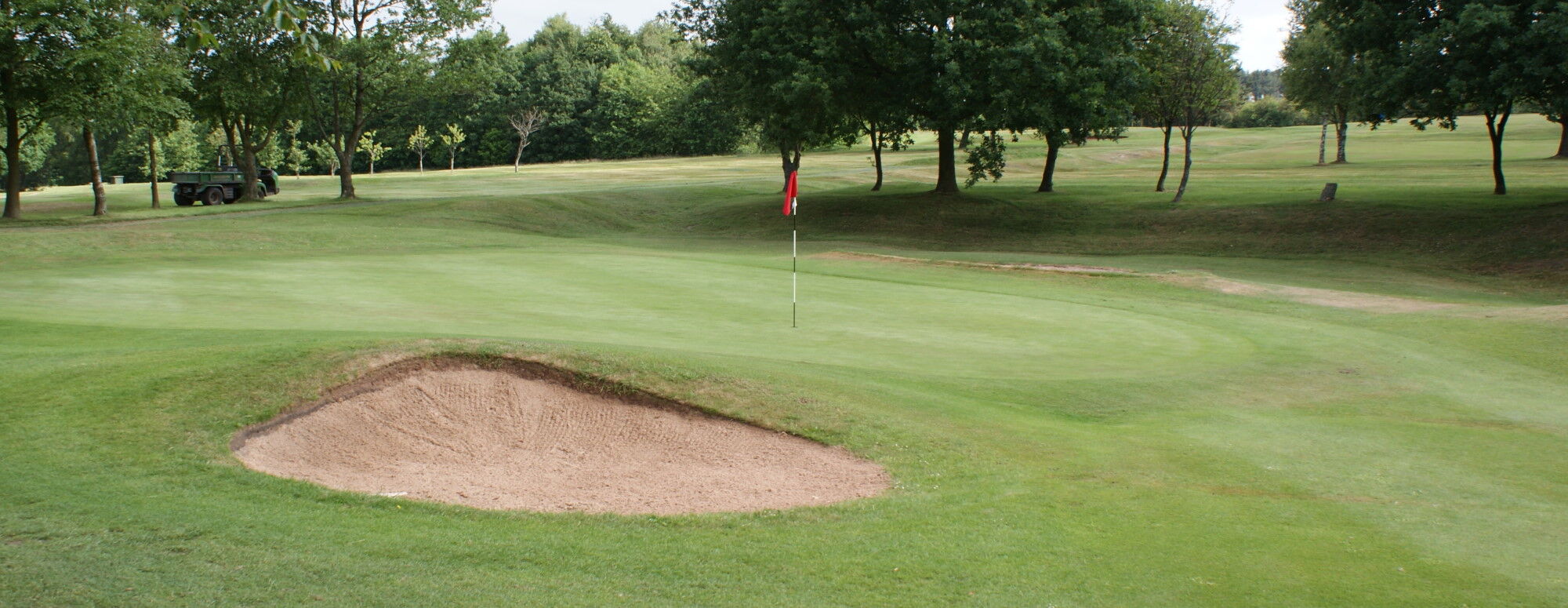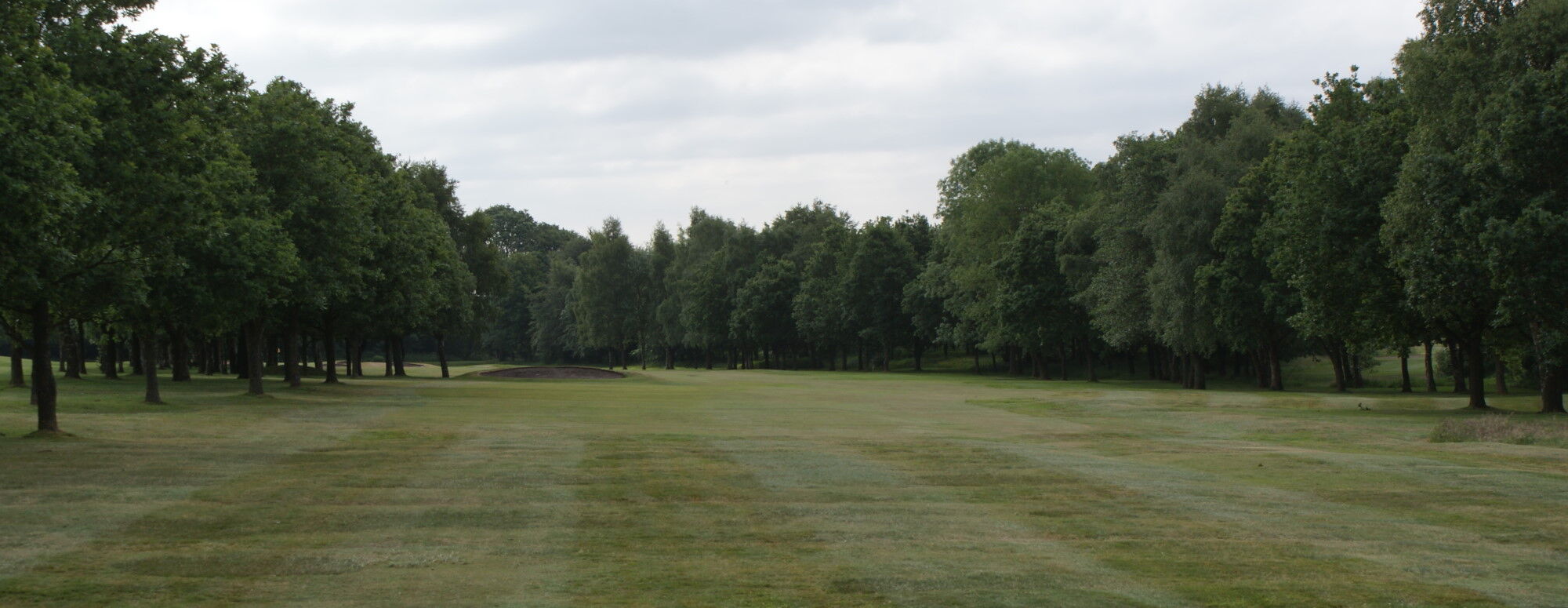About Us
History of Hindley Hall
Early History
Hindley Park, the old hall and estate lands, were purchased for £1,300 in 1721 by Alexander Leigh, a powerful and prosperous man in the Borough of Wigan. He was a Barrister who was variously Town Solicitor, Clerk and Mayor.
Whilst never residing in the hall he did exploit the coal reserves and even built the Douglas Navigation Canal to cut the cost of transporting his coal to Liverpool. He eventually sold the canal to the Leeds Liverpool Canal Company becoming the Lancashire section of it.
The estate eventually passed to his Grandson, Robert Holt Leigh who, at the time, was living at Whitley Hall, Wigan. He too trained as a Barrister but in 1802 was elected as MP for Wigan.
It was during this time that he decided to relocate to Hindley Park and to build a magnificent Hall befitting his position. The Hall was built about 1811 to his own plans but he forgot to include stairs! That was corrected and we have today a beautiful building over 3 floors with extensive cellars.
A newspaper article from 1904 describes the history of the Hall from 1800 to 1904:
“Hindley Hall is an exceptionally large brick building with spacious rooms, and to the right of the long drive leading from the entrance gates, there is a large lake.”
– Newspaper article, 1904
Sir Robert was elevated to the Baronetcy in 1815 becoming Baron Whitley of Wigan. He lost his seat in the election of 1820.
The newspaper article continues:
“On 4th May, 1831 he suffered severely in the violence of the mob at the Wigan election, and used afterwards to tell an amusing story how the Liberals of the day when they got him to the ground and were intent on administering very severe corporal punishment, kicked ‘each others’ shins with their heavy clogs, as they hastily aimed at the prostrate body, to his amusement and satisfaction alike”
What wasn’t reported was that his younger brother, Roger, received injuries from which he died some two weeks later.
– Newspaper article, 1904
Throughout his life Sir Robert interested himself in all matters relating to the town of Wigan, and was a trustee of Wigan Grammar School. The only blot to his name came in his 78th year when he had an affair with Sarah Yates the wife of one of his tenant farmers, Thomas Yates. A boy was born who was named Roger. He was adopted by Sir Robert becoming Roger Leigh who would grow up to be a Barrister and even pay for the building of St. Elizabeth’s Church at the top of Hall Lane.
Sir Robert died at Hindley Hall on the 21st January, 1843 in his 81st year, a magistrate and Deputy Lieutenant of the County. In his will he gives £20,000 and £200 per annum for the upbringing and education of Roger. Without any heir he leaves his estate to his cousin, Margaret, who had married Robert Pemberton, a London Barrister and son of Dr. Edward Pemberton of Warrington. A condition of the will was that they took the name of Leigh with their some becoming Thomas Pemberton-Leigh. He was to become Baron Kingsdown but again died without heirs. His brother inherited but changed the order becoming Edward Leigh-Pemberton. The ownership of Hindley Hall and Park passed down this family line although they continued to live at Torry Hill in Kent.
in 1855 the Hall and its mineral rights were leased to a successful mining engineer, John Lancaster, who was born in Radcliffe, Bury. He formed the Kirkless Coal and Iron Co. and built 10 blast furnaces nearby. His success meant that in 1859 he was able to buy a 200 foot yacht, The Deerhound, and was invited to join the Royal Mersey Yacht Club. With his crew he sails for pleasure and competively. On the 19th June 1864 he is in The English Channel near Cherbourg when he witnesses the last great sea battle of The American Civil War when the confederate ship, USS Alabama was sunk by the northern ship SS Kearsarge. Lancaster rescued the Captain and 42 crew members and later received a personal letter from the President of The Confederate States, Jefferon Davies offering his eternal gratitude.
In 1865 John Lancaster amalgamates his coal company with that of The Earl Crawford and Balcarres, of nearby Haigh Hall forming The Wigan Coal and Iron Company one the the largest in the country. Lancaster is Chairman and Alfred Hewlett is Managing Director.
In 1868 Lancaster is elected MP for Wigan and purchases nearby Ashfield House. He leaves Hindley Hall and in 1881 he sells his share in Wigan Coal and Iron for £187,425 and moves to Bilton Grange, Rugby.
Hindley Hall is now used as a residence for senior mining agents.
The Golf Club
In 1905 the Club was formed by Wigan Coal & Iron Company as a private Golf Club ‘For senior members of staff and invited guests only.’
Initially a 9 hole course but increased to 18 by 1910.
In the mid 1930’s the Course became the private Golf Club as it is known today.
During WWII the back 7 holes were turned over to agriculture and the top floor was used to house Belgian refugees.
Whilst a thriving golf club, the Hall and course was still owned by the Leigh-Pemberton family. By 1983 the head of the family was Sir Robin Leigh-Pemberton, a former chairman of The National Westminster Bank and then Govenor of The Bank of England. Amicable negotiations enabled a change of ownership to the members who still run the club today.






